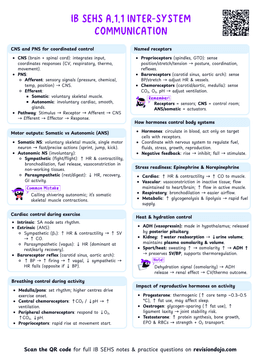Goal Setting in Sports Psychology
Understanding Goal Setting
Goal setting is a powerful psychological technique that helps athletes focus their efforts and maintain motivation. It's not just about saying "I want to win" - it's a structured approach to achieving success in sports performance.
Goal setting is most effective when it follows the SMART principle: Specific, Measurable, Achievable, Relevant, and Time-bound.
Types of Goals
1. Outcome Goals
- Focus on the end result
- Usually competitive in nature
- Examples: winning a match, getting a medal, beating a personal best
Athletes often focus too heavily on outcome goals, which can increase pressure and anxiety as these goals aren't always within their complete control.
2. Performance Goals
- Focus on achieving specific performance standards
- Independent of other competitors
- Examples: running 100m in under 12 seconds, completing 85% of passes in a football match
3. Process Goals
- Focus on the actions and behaviors needed to perform well
- Most controllable type of goal
- Examples: maintaining proper form during a golf swing, following pre-game routines
The most effective goal-setting strategies incorporate all three types of goals, with a primary focus on process goals.
Goal Setting Principles
- Specificity
- Goals should be clear and well-defined
- Avoid vague objectives like "do better"
- Example: "Improve free throw accuracy to 80% by the end of the season"
- Difficulty Level
- Goals should be challenging but realistic
- Too easy: lacks motivation
- Too difficult: leads to frustration
- Sweet spot: slightly above current ability level
- Time Frame
- Short-term goals (daily/weekly)
- Medium-term goals (monthly/seasonal)
- Long-term goals (yearly/career)
A basketball player's goal hierarchy:


